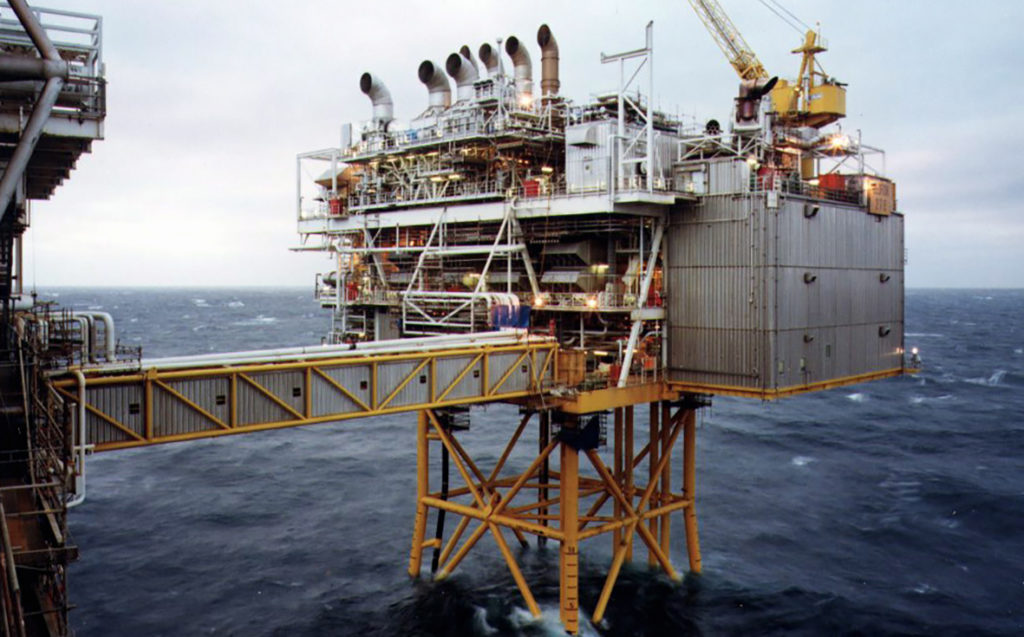New platforms – reduced emissions

Norway’s CO2 tax was introduced in 1991 as a principal instrument for reducing emissions from petroleum production. This charge raised awareness of the need to curb the amounts released and to enhance efficiency on the Norwegian continental shelf.
A number of cost-effective measures for cutting CO2 emissions have subsequently been implemented, including an extensive restructuring of operations on Ekofisk and Eldfisk in 1998-2000.
 forsidebilde, historie, Vanninsprøyting for økt utvinning
forsidebilde, historie, Vanninsprøyting for økt utvinningNew and more efficient facilities were installed in the Ekofisk II development, with older ones shut down. An energy-efficient water injection platform – Eldfisk 2/7 E – was also put in place.
Choosing energy-efficient solutions produced a substantial and lasting reduction in greenhouse gas emissions. The annual amounts of CO2 and nitrogen oxides released fell by about 1.5 million tonnes and 8 000 tonnes respectively.[REMOVE]
Fotnote: Plan for Development and Operation Ekofisk South, 2010.
New generation platformsOfficial inauguration of Ekofisk II
